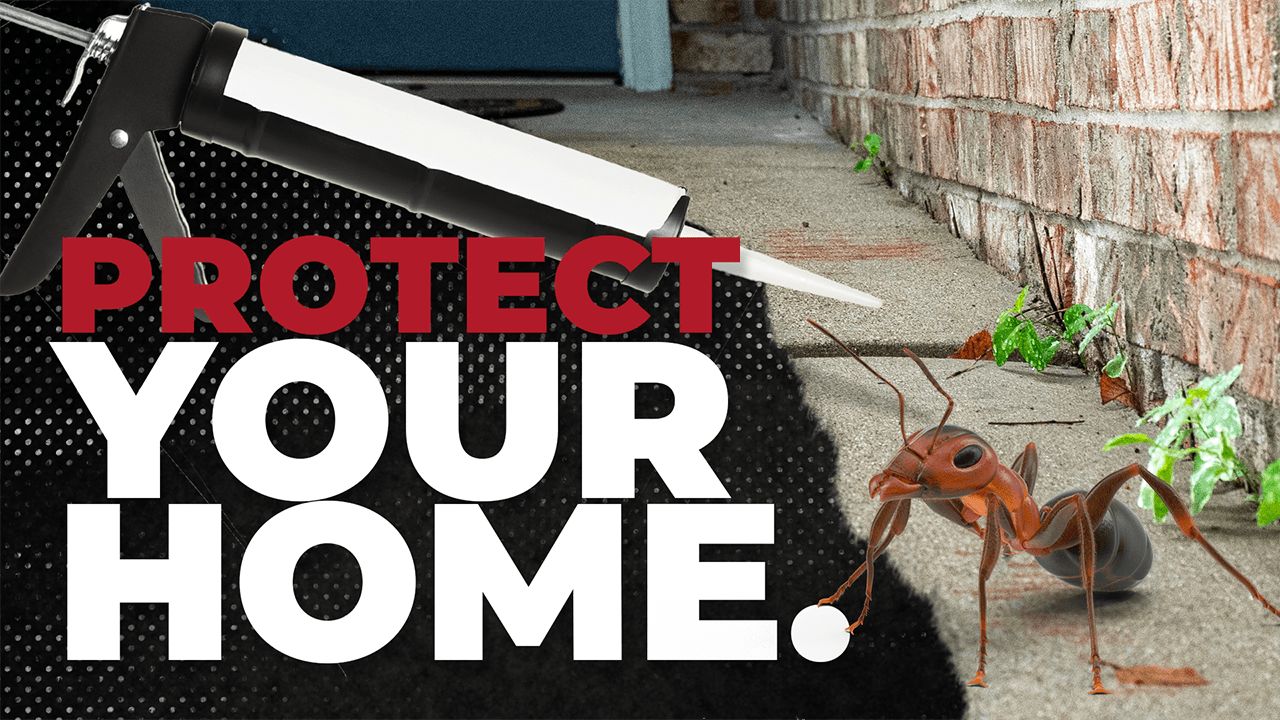Topics:
Search for topics or resources
Enter your search below and hit enter or click the search icon.
Providing your email address will keep you updated should we need to provide updates specific to your location.
October 29th, 2024 | 3 min. read
By Sarah Etler

If you’ve noticed gaps between your home and the concrete around it, you’re probably wondering if you should seal them up, or leave them the way they are.
Unfortunately, gaps like these can cause lots of problems, like concrete settling, water damage, and pests.
Here at A-1 Concrete Leveling, we’ve been in the business of repairing concrete for over 30 years, and in this time we’ve seen all kinds of negative situations where gaps between concrete and homes were left unmaintained.
We want to make sure you have all the information you need to keep your concrete and home protected, so we’ve created this guide to show why it’s important to caulk between your house and concrete, how to do it, and how to maintain it after it’s done.
In the world of concrete repair and maintenance, there are so many terms and definitions that make it difficult to keep track of each.
For example, when people talk about “sealing” the gaps or cracks in their concrete, they really mean “caulking” them.
Caulking does achieve the goal of “sealing” the concrete from water and other damaging factors, but it’s a word that is easily confused with sealing the surface of the concrete.
Sealing and caulking are often used interchangeably, but we will define “sealing” in this article as the actual sealing of the concrete’s surface, and “caulking” as applying a polymer caulk to its gaps and cracks.
Caulking the gap where your concrete meets your house can save you a lot of time and money in the long run.
Water is one of the biggest enemies of concrete, and when it can access underneath the slab itself, you can be left with quite a few problems.
For example, as water flows under the concrete, it can erode away the base that the slab is sitting on, causing it to settle over time. This can cause the problem to compound, as the settling concrete throws off the slope, inviting more issues with water.
In addition, constant water leaking through the concrete gaps next to a house can even cause water to intrude into a home’s foundation or basement. Basement waterproofing and foundation repair can be expensive fixes.
Blocking out a way for ants and other pests from working into the gaps can also help keep their populations down. If they don’t have access to the area, they won’t be able to establish a home there, become a nuisance, or potentially damage your property.
Caulking the gap between concrete and a house is similar to any other concrete caulking job, and we have a comprehensive DIY guide on how it’s done if you’re interested in tackling the project yourself.
First, the gap is cleaned of any debris. Then, if the gap is large enough, a backer rod is added to support the caulk. If the gap is smaller, a backer rod is unnecessary and can be filled only using a polymer caulk. The caulk is applied next, and it is blended against the house using sand to leave it with a nice texture.
The big decision here is whether to use non-sag vs. self-leveling caulk. This depends on the size of the caulking project and the amount of prep work needed.
If the area is enclosed or covered, like a porch, it’s not necessary to caulk it unless you are concerned about preventing pests from entering through the gap. As long as water isn’t entering through the gap or flowing toward the house, caulking won’t have much effect.
The goal of the caulk between a house and concrete is to plug up the gap in order to prevent water or pests from entering. If it no longer achieves this goal, it’s time to replace it.
Rather than replacing the whole area, you can add a little bit of extra caulk if you see it start to pull away from the concrete slightly.
Depending on the quantity of freeze-thaw cycles in your area, you may need to replace the caulk more often. As the temperatures fluctuate above and below freezing, the constant expansion and contraction can cause the caulk to pull away from the concrete at a faster rate.
Simply put, if water can enter the gaps between your house and concrete, it can cause problems down the line.
Caulking these gaps is a proactive way to prevent not only water damage and future concrete settling, but can also help keep pests to a minimum.
The best thing you can do is have these gaps caulked, either professionally or done yourself as a DIY project, although doing it yourself may not result in the aesthetic you’re going for.
A-1 Concrete Leveling offers professional concrete caulking services in addition to other concrete repair options. Find your nearest location to request a free estimate!
Sarah Etler joined A-1 Concrete Leveling after receiving her Bachelor of Arts degree in English from Northern Kentucky University. As A-1's Content Marketing Manager, she works closely with industry experts to produce content that will best answer questions related to concrete repair and maintenance practices. Sarah loves living a life full of discovery and is excited every day to see what new things she can learn and share with those around her.
Topics: